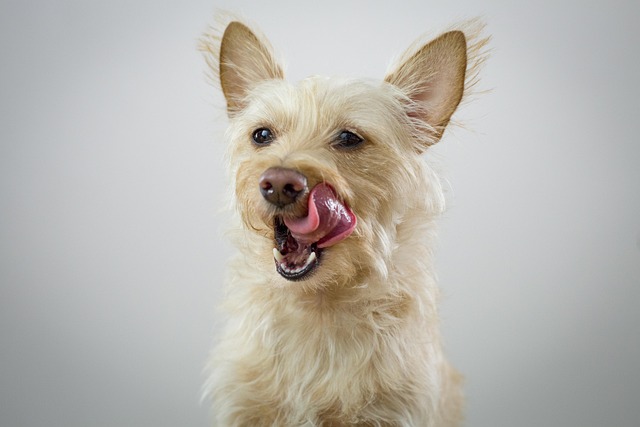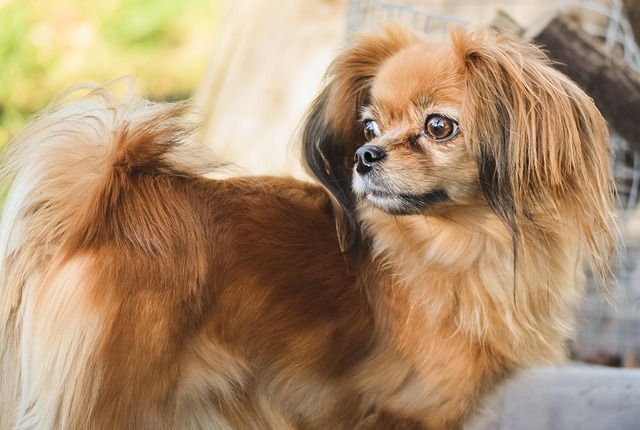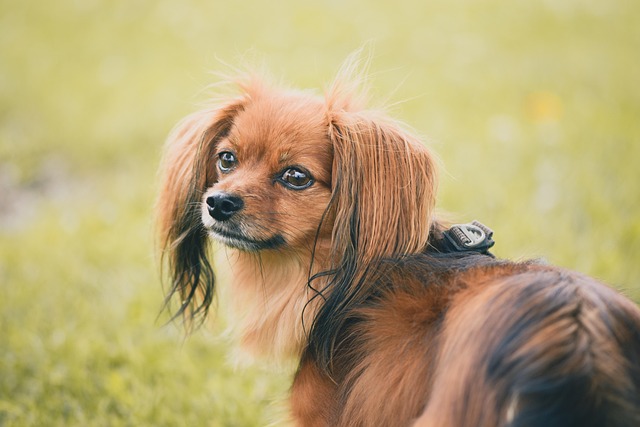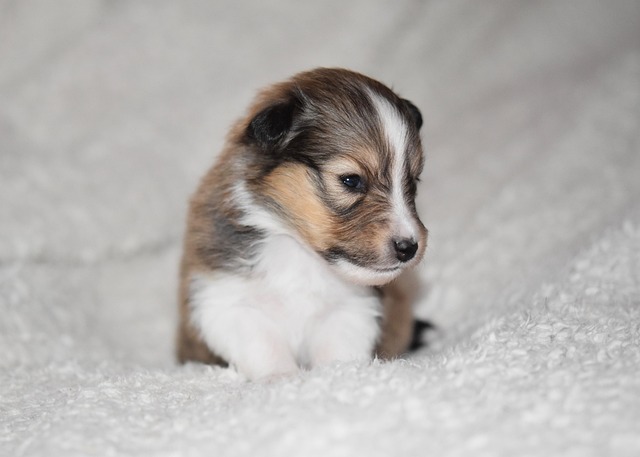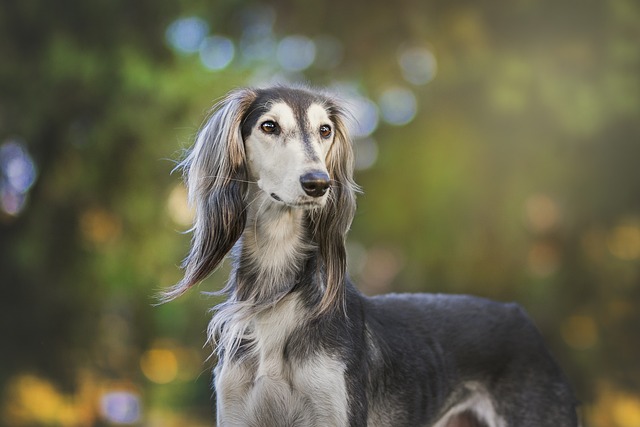Bringing a new puppy home is an exciting time, but the messes that come with an untrained pup can quickly dampen the joy. Potty training isn’t just about keeping your floors clean—it’s a legal obligation in many areas where pet waste management regulations aim to protect public health and the environment. With patience and the right approach, you can teach your furry friend good bathroom habits while staying on the right side of the law.
Consistency is king when it comes to potty training. Establish a strict schedule for meals, playtime, and bathroom breaks. Puppies typically need to relieve themselves after eating, drinking, waking up from a nap, or getting excited. Taking your pup outside to the same spot every 1 - 2 hours (more frequently for very young puppies) helps them associate that area with going potty. Skipping breaks not only leads to accidents but may also violate local codes regarding proper pet waste disposal.
Positive reinforcement works wonders in training. When your puppy does their business outside, shower them with praise, treats, and belly rubs immediately. Dogs thrive on rewards, and this positive association makes them more likely to repeat the behavior. In contrast, scolding for indoor accidents is counterproductive—it can make your puppy anxious and confused, and may even be considered improper training under animal welfare guidelines.
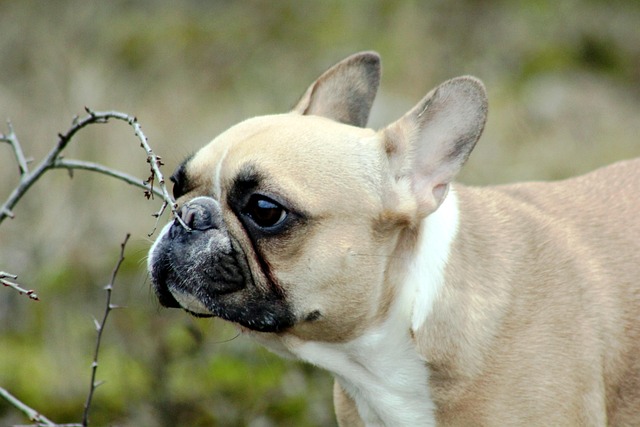 Choose the right outdoor spot carefully. In some neighborhoods, there are specific rules about where pets can relieve themselves, often to protect green spaces or public walkways. Avoid areas with heavy foot traffic or near children’s play zones. Designating a particular patch of grass or gravel in your yard (if you have one) or a less - busy corner of a park helps your puppy understand where it’s acceptable to go.
Choose the right outdoor spot carefully. In some neighborhoods, there are specific rules about where pets can relieve themselves, often to protect green spaces or public walkways. Avoid areas with heavy foot traffic or near children’s play zones. Designating a particular patch of grass or gravel in your yard (if you have one) or a less - busy corner of a park helps your puppy understand where it’s acceptable to go.
Crate training can be a valuable tool, but it must be used responsibly. A crate should never be a place of punishment; instead, it’s a cozy den where your puppy feels safe. Since leaving a puppy unsupervised for long periods can lead to accidents and potential neglect charges in some regions, using a crate during times when you can’t watch them closely keeps them contained and prevents messes. Just make sure the crate isn’t too large—your puppy should only have enough space to stand up, turn around, and lie down comfortably.
Accidents are inevitable during the training process, but how you handle them matters. Clean up indoor messes thoroughly using an enzymatic cleaner that neutralizes odors. Dogs have a keen sense of smell, and lingering scents can encourage them to go in the same spot again. Ignoring or inadequately cleaning up waste not only creates an unpleasant environment but may also violate local sanitation regulations related to pet ownership.
If your puppy isn’t making progress after a few weeks, don’t hesitate to seek professional help. Trainers and vets can offer personalized advice, especially if there are underlying behavioral or medical issues. In many areas, ensuring your pet receives proper training and care is not just a courtesy—it’s required by law to maintain good community relations and animal welfare standards.
Potty training your puppy is a journey that tests your patience, but the payoff is huge. By following these tips and staying consistent, you’ll have a well - trained dog and avoid potential legal troubles. Remember, every puppy learns at their own pace, so celebrate small victories along the way. With time, effort, and lots of love, you’ll both enjoy a cleaner, happier life together.

 Choose the right outdoor spot carefully. In some neighborhoods, there are specific rules about where pets can relieve themselves, often to protect green spaces or public walkways. Avoid areas with heavy foot traffic or near children’s play zones. Designating a particular patch of grass or gravel in your yard (if you have one) or a less - busy corner of a park helps your puppy understand where it’s acceptable to go.
Choose the right outdoor spot carefully. In some neighborhoods, there are specific rules about where pets can relieve themselves, often to protect green spaces or public walkways. Avoid areas with heavy foot traffic or near children’s play zones. Designating a particular patch of grass or gravel in your yard (if you have one) or a less - busy corner of a park helps your puppy understand where it’s acceptable to go.